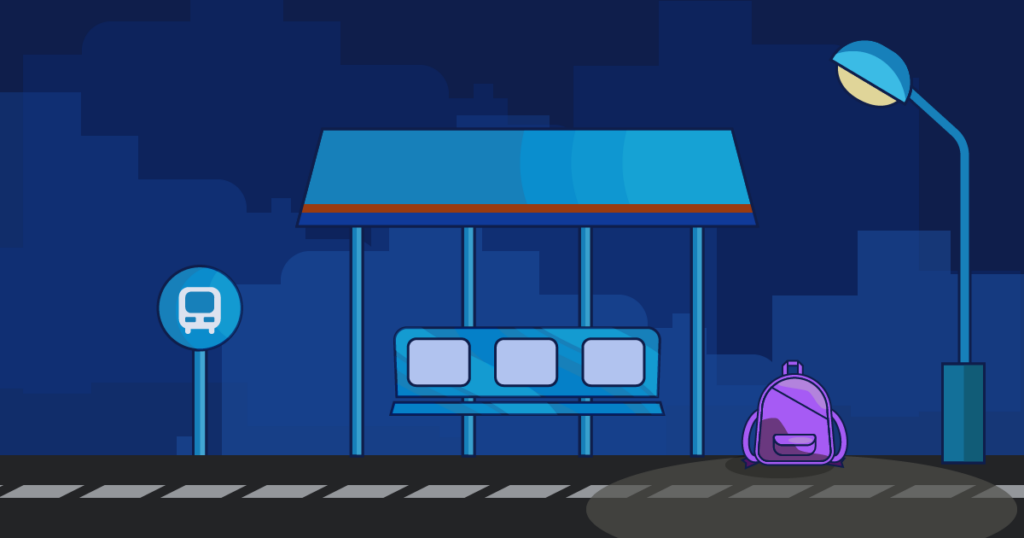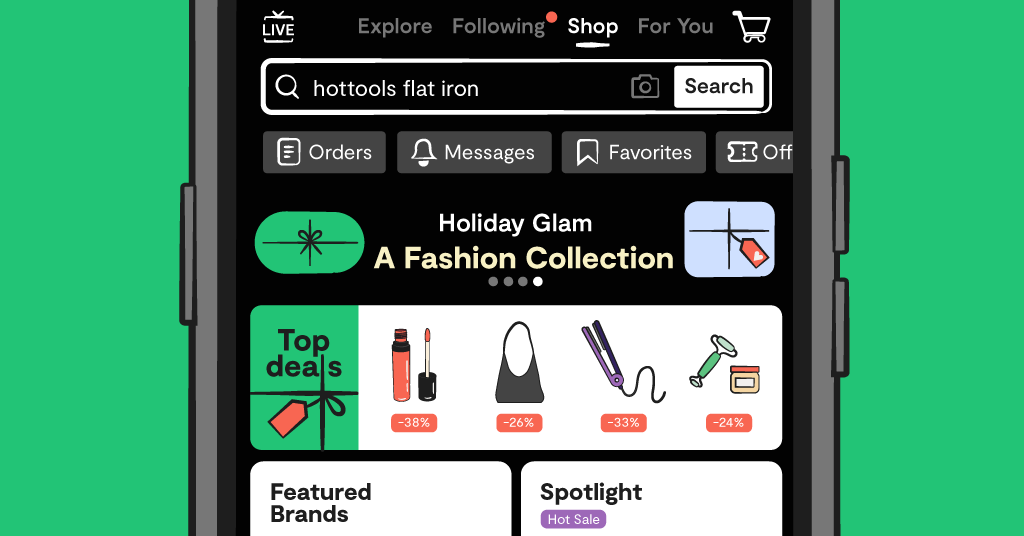Human trafficking: for many, this phrase brings to mind the unimaginable suffering of unknown people overseas — in developing countries or regions torn apart by war.
But it also happens right here in America. In 2016, there were more than 400,000 human trafficking victims in the U.S.
January 11 is National Human Trafficking Awareness Day, and in observance of it, we’re focusing on how child sex trafficking isn’t just something that occurs “over there.” It happens all across the country — even in our own backyards. This monstrous industry depends on the buying and selling of victims online, so we’ll also discuss how parents can use Bark to help protect kids from falling prey to traffickers.
National Human Trafficking Awareness Day: What Sex Trafficking Looks Like in 2019
Sex trafficking occurs when individuals are forced to participate in sex acts for money that goes to another person. Minors under the age of 18 engaged in commercial sex acts are automatically considered victims, as there’s no way they could legally give consent to such activity.
Trafficking is often confused with human smuggling, which only refers to illegal border crossings. The deplorable crime of human trafficking needs no transportation. Survivors can be recruited and trafficked right in their hometowns — sometimes even by their own family members.
The situations trafficking victims face can vary. Many are taken to brothels, escort services, or massage parlors. They may have a relationship with someone who forces them into prostitution, such as a romantic partner or a family member. Others can be lured by false promises of a life-changing job such as dancing or modeling. Once trafficking begins, victims may spend a few days or weeks in these situations. Some spend years.
One theme that unites these cases is the prevalence of internet solicitation, with more than 84% of traffickers using sites like backpage.com and Facebook to obtain buyers.
Who’s at Risk
Victims of child sex trafficking come from all walks of life and socioeconomic levels — tight-knit suburbs and inner-city communities, middle-class backgrounds and working class families. While their origins may vary wildly, at-risk kids have one primary thing in common: they’re all vulnerable.
Young people who have been abused, run away from home, fled broken child protection systems, or lack strong social support systems are all at greater risk for recruitment by traffickers. In 2017, an estimated 1 out of 7 endangered runaways reported to the National Center for Missing and Exploited Children were likely child sex trafficking victims.
Just how prevalent are runaway teens in this country? More common than you’d think. On any given night there are approximately 1.3 million homeless youths living unsupervised on the streets. These kids are especially vulnerable and may be exploited in exchange for basic necessities like food or shelter.
How Bark Helps Protect Kids From Trafficking
Bark’s monitoring service helps protect kids from falling victim in two key ways. First, we monitor and send alerts for conversations that may indicate grooming, which is when a predator befriends a child and begins preparing them for abuse. Child grooming can be used to initiate one-on-one molestation or abuse, but it’s also regularly used to lure minors into child trafficking.
In a recent survey of survivors, anti-trafficking nonprofit Polaris learned that 26% of participants said their trafficker exploited them through their own personal social media accounts. When Bark detects situations where grooming or exploitation is suspected, we contact the FBI and the National Center for Missing and Exploited Children so an investigation can begin.
To further help prevent trafficking, Bark also monitors for risky apps. We know predators use the internet to prey on kids with certain apps, so any time a kid downloads one known to be potentially dangerous — like Kik, for instance — we alert parents.
Getting Help
How can we use National Human Trafficking Awareness Day to help others? If someone you know is involved with trafficking, call 1 (888) 373-7888 to reach the National Human Trafficking Hotline, available 24 hours a day in more than 200 languages. You can also learn more about the reality of sex trafficking and learn how to recognize the signs that a child may be a victim.
Read more
Bark helps families manage and protect their children’s digital lives.






